Prior to President Trump’s January 3rd strike against Qassem Soleimani, the commander of Iran’s Islamic Revolutionary Guards Corps’ Quds Force (IRGC-QF), Iran had been dramatically escalating its attacks on American and allied targets, ramping them up further in September. Iran first launched an unprovoked, unprecedented and sophisticated drone and cruise missile strike against Saudi oil facilities. It later shot down at least one American surveillance drone, attacked American bases in Iraq with rockets culminating in the death of an American contractor, and following their old playbook, using proxy militias, assaulted the U.S. Embassy in Baghdad.
Coming after the deadly Iranian-backed, Soleimani-orchestrated, attack against US diplomats Benghazi in 2012, this was a particularly bad move by Iran.
“Iran’s escalations occurred in phases and appear part of an orchestrated campaign to achieve its strategic objectives, primarily sanctions relief and the ouster of the U.S. from Iraq and the region,” according to the Institute for the Study of War (ISW). These growing Iranian attacks are the backdrop for the unexpected U.S. drone strike that killed Soleimani and Iran’s proxy militia leader in Iraq – Abu Mehdi al-Muhandis. Both these men were key leaders of Iran’s terror network in Iraq, while Soleimani sponsored terror throughout the region and beyond.
Trump’s decision to kill Soleimani came shortly after Iran killed a US defense contractor in Iraq, and later tried to storm the US embassy, clearly crossing Trump’s publicly stated red lines. As the New York Times reported, “his devastating surgical retaliatory strike on Soleimani was so brazen and shocking to Iranian leaders that they will be wary of provoking an American president evidently willing to escalate in ways his predecessors were not.” Unlike prior presidents, Trump “is also more keenly aware of the power differential between us and the Iranians,” according to Michael Doran, a Senior Fellow at the Hudson Institute, “Once he realized that Khamenei [Iran’s Supreme Leader] thought Soleimani gave him a competitive advantage, Trump simply took Soleimani off the board…”
“Trump actually has a very strong hand vis-à-vis the clerical regime,” said Reuel Marc Gerecht, a former C.I.A. specialist on Iran at the Foundation for Defense of Democracies, “Whether he chooses to play it, I don’t know. He’s not a strategist. But his tactical game hasn’t been bad. The hit on Soleimani was genius — totally flummoxed his opponent.”
Iran’s strategy seems to have backfired when it crossed President Trump’s red line of not killing Americans. His unprecedented and unexpected decapitation strike against Iran’s terrorist mastermind scrambled Iran’s calculus. “Trump took the initiative in classic Trumpian fashion, keeping everyone off balance, projecting toughness and gambling that he will be able to handle whatever comes next.”
Before Iran had time to respond, President Trump escalated his threats against the Iranian regime, warning that “if Iran strikes any Americans or American assets, we have targeted 52 Iranian sites (representing the 52 American hostages taken by Iran many years ago), some at a very high level & important to Iran & the Iranian culture…” He also warned that a US response would not necessarily be “proportional,” causing a media frenzy.
Iran’s muted reply days later, a limited ballistic missile attack against two Iraqi bases housing US troops, which may have deliberately avoided US and Iraqi casualties, seemed to confirm that Trump’s instinct and unpredictability had their intended effect. The President’s calm but firm White House statement following that symbolic retaliation assumed a US victory, stated that Iran seemed to be standing down, promised punishing economic sanctions against the already fragile regime – which were announced days later – and de-escalated the confrontation. However, Trump also stated that while the US would not retaliate militarily, for now, the powerful US military remained ready. Flanked by the entire Joint Chiefs of Staff, the optics and message were clear.
While it is too early to say what the Iranians may do next, and additional reprisals should be expected, Trump’s instincts appear to be working against a terrorist regime long accustomed to operating with impunity.
Paul Crespo is a defense and national security expert. He served as a Marine Corps officer and as a military attaché with the Defense Intelligence Agency (DIA) at US embassies worldwide. He holds degrees from Georgetown, London, and Cambridge Universities. Paul is also CEO of SPECTRE Global Risk, a security advisory firm, and a Contributor to American Defense News.
Advertisement
Do You Approve of Trump’s COVID-19 Response? [TAKE THE SURVEY]

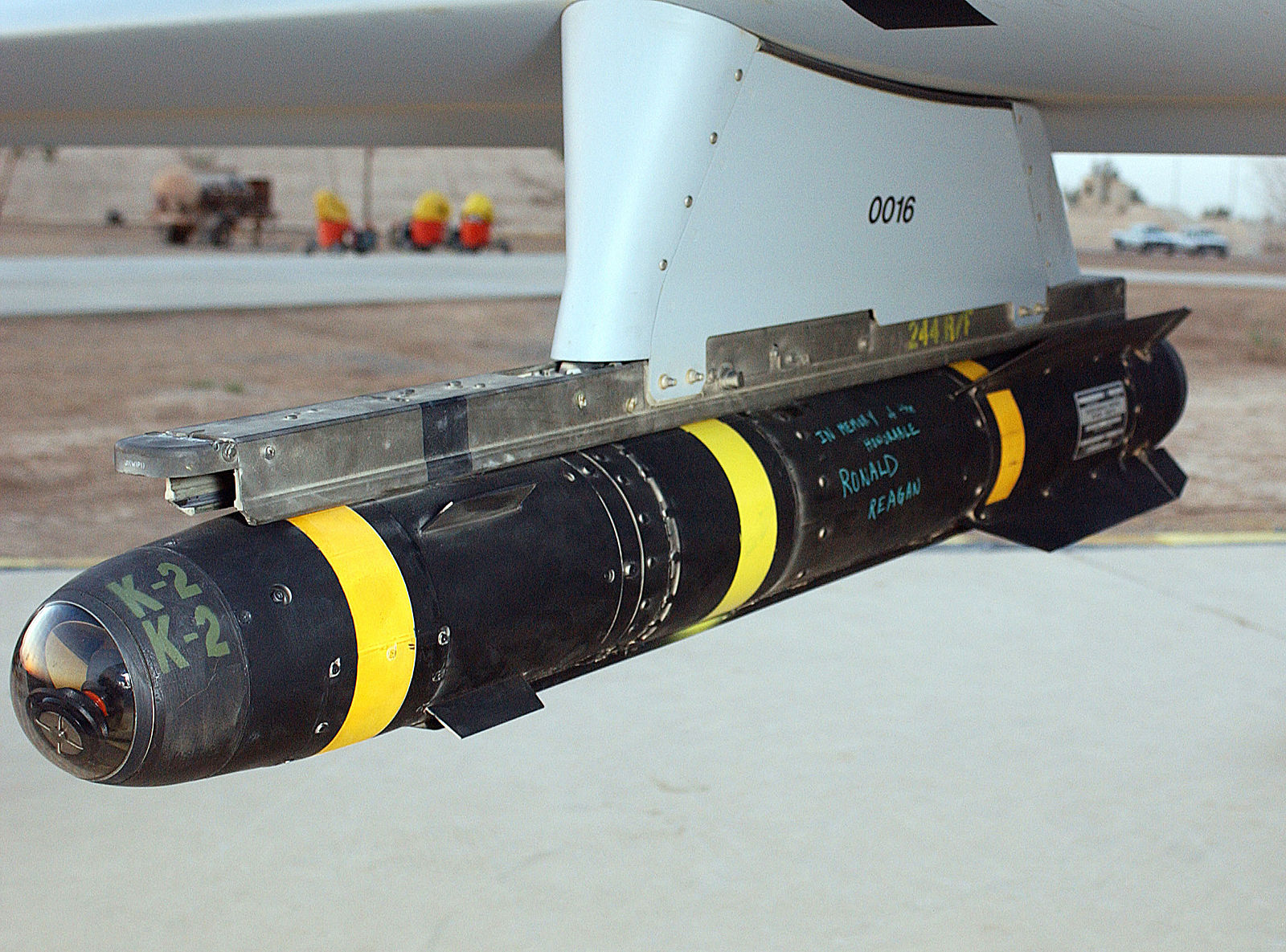
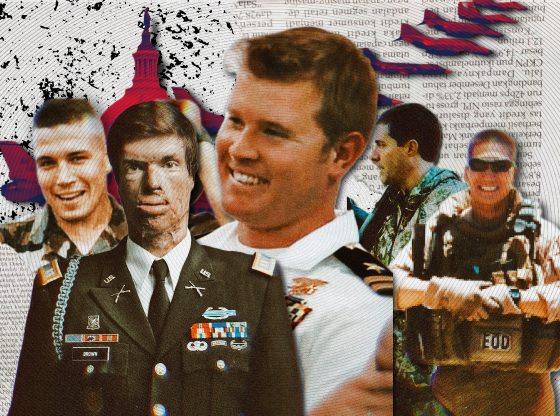


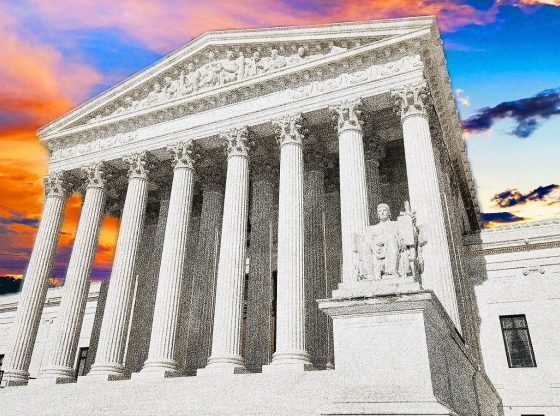



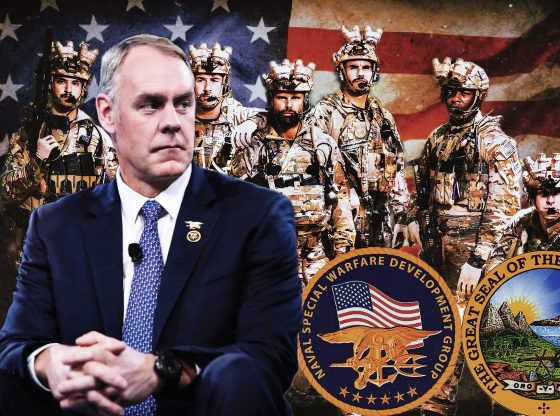

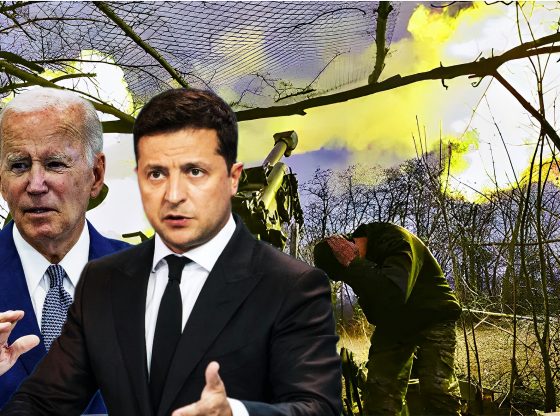




Now if there was only a way into that mountain from the other side that Iran has built its nuclear project into, US and Allies could probably take it without firing a shot !
That’s not exactly ‘fantasy’ since all those fantasies that the older generation had as kids have come true in one form or another and Marvel keeps giving us more !